



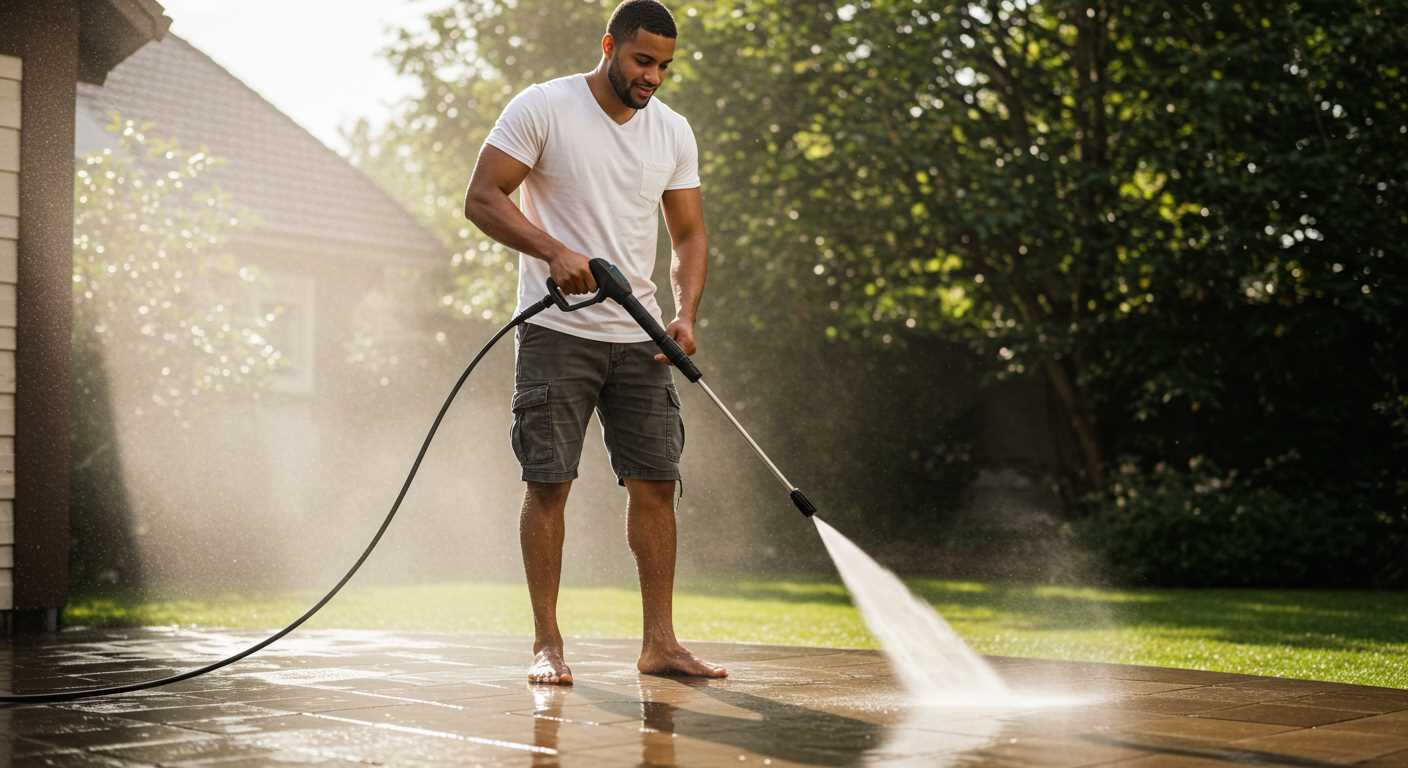
Yes, a high-pressure cleaner can function using water supplied by a gravity source, but there are specific conditions to consider. Gravity-fed systems typically generate lower water pressure compared to pressurised mains systems. For optimal performance, ensure the water source is elevated, allowing for sufficient flow to the unit.
In my experience, I’ve found that a minimum height of around 10 feet can significantly enhance the water flow rate. This elevation helps the machine achieve a better suction, resulting in improved cleaning efficiency. However, if the water source is too low, there may be issues with the cleaner’s ability to draw water adequately, leading to potential operational failures.
Another aspect to keep in mind is the diameter of the hose connecting the water source to the cleaner. A wider hose reduces friction and allows for a more substantial volume of water, which is critical when using a gravity setup. I’ve often recommended using at least a ¾ inch hose for such configurations to ensure a steady supply.
Furthermore, always check the manufacturer’s guidelines before connecting to a gravity-fed system. Some models have specific requirements regarding water intake and pressure levels that should not be overlooked. From my years of testing various models, I can confidently say that understanding the dynamics of your water source can make a significant difference in performance and satisfaction.
Understanding Gravity Fed Water Systems
Using a system that relies on natural flow can be quite beneficial for various cleaning tasks. Here are some key aspects to keep in mind:
Basic Principles
- These setups operate on the principle of height difference. The higher the source, the greater the pressure generated.
- Gravity ensures a consistent flow rate, but this can vary depending on the elevation and the diameter of the hose.
- It’s crucial to maintain a clear path from the source to the nozzle to prevent blockages.
Practical Applications
- Ideal for outdoor cleaning tasks, especially when access to mains supply is limited.
- Useful for irrigation systems, particularly in gardens or farms where elevated tanks are available.
- Can be employed in remote locations, making it convenient for camping or off-grid lifestyles.
In my experience, using a higher tank can significantly enhance the flow rate. I had a client who set up a system on a hill, and it provided more than adequate pressure for their needs. Adjusting the hose diameter can also optimise the flow; a wider hose reduces friction and improves efficiency. Always remember to check for leaks, as even minor ones can affect overall performance.
Compatibility of High-Performance Cleaners with Low Water Pressure
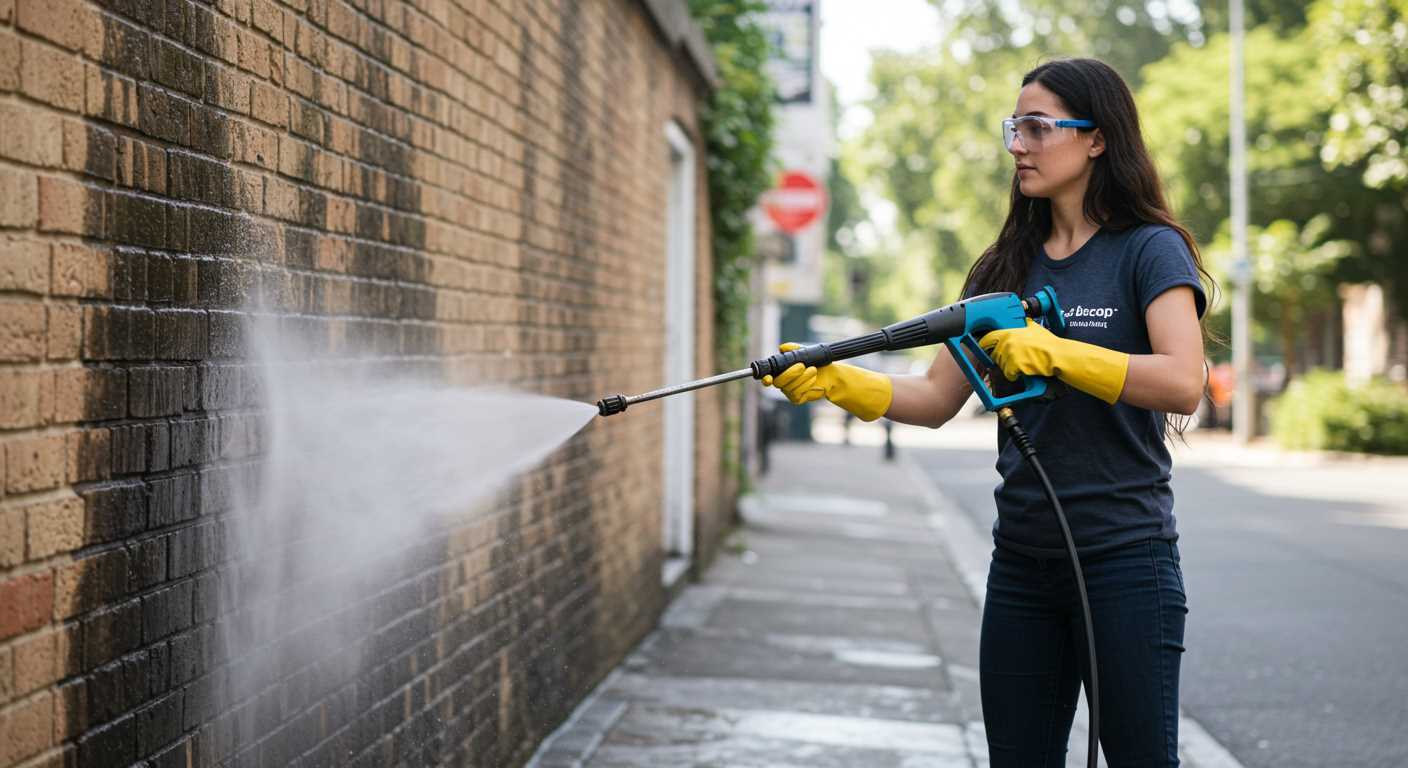
High-performance cleaners can operate under low water pressure conditions, but their efficiency may be compromised. In my experience, models designed to handle various input pressures typically include a built-in mechanism that optimises performance. However, I’ve encountered units that struggle when the water flow is insufficient, leading to reduced cleaning power.
When selecting a unit for low-pressure scenarios, check the specifications carefully. Look for those that explicitly state compatibility with lower flow rates. I once tested a unit that claimed to perform well under such conditions, but in reality, it required a minimum water flow to create effective pressure. This discrepancy taught me the importance of understanding the specific requirements of each model.
Using a water reservoir or tank can boost performance. Filling a tank can mitigate low pressure issues, allowing the device to draw a consistent supply. However, ensure the tank is adequately sized. A small reservoir may empty too quickly, resulting in interruptions during operation. I’ve found larger tanks provide a more seamless experience, enabling prolonged use without frequent refills.
Consider the hose length as well. Longer hoses can lead to a drop in pressure. I learned this the hard way during a lengthy cleaning job. A shorter, high-quality hose maintained the necessary pressure better than a longer, more affordable alternative. Always opt for a well-constructed hose to prevent pressure loss.
Lastly, regular maintenance is key to performance. Clean filters and check for blockages. A clogged filter can drastically reduce efficiency, especially when the water supply is already limited. I’ve seen units that worked like new after a simple cleaning, re-establishing their ability to function effectively even under low pressure conditions.
Required water flow rates for optimal performance
For achieving peak results, a flow rate of at least 5 litres per minute is necessary. This ensures sufficient volume for creating effective cleaning action. Many models specify a minimum flow rate in their guidelines, often ranging from 5 to 8 litres per minute. Below this threshold, the equipment may struggle to generate the desired output pressure.
During my tenure in the industry, I frequently encountered users trying to operate their machines with lower flow rates. The results were generally disappointing; surfaces remained dirty, and the units often shut down due to inadequate supply. I recall one customer who attempted to use a garden hose with a flow rate of just 3 litres per minute. The machine simply couldn’t keep up, leading to frustration and wasted time.
Another key factor to consider is the consistency of the supply. Intermittent flow can cause the device to cycle on and off, which not only affects performance but can also lead to wear and tear over time. Having a steady source is paramount. I often recommended using a large reservoir or tank to maintain a consistent supply, especially in areas where direct hose connections are limited.
For those operating in regions with naturally low water pressure, a booster pump can significantly enhance performance. This type of pump can elevate both the flow rate and pressure, ensuring that the unit functions optimally. I’ve seen many users transform their cleaning capabilities simply by adding one of these devices to their setup.
In summary, ensuring an adequate and consistent flow rate not only enhances cleaning efficiency but also prolongs the lifespan of your equipment. Always check the specifications of your model and adjust your setup accordingly for the best results.
Potential issues when using gravity fed water with pressure washers
A significant concern arises from low water supply pressure when connecting high-velocity cleaning units to gravity systems. During my years in the field, I’ve encountered numerous challenges that stem from insufficient water flow and pressure, leading to subpar performance. Many users assume that as long as there’s a steady supply, everything will be fine. However, this assumption can hinder the cleaning process.
One of the first problems I noticed is inconsistent water flow. Gravity systems can struggle to maintain a uniform supply, especially if there are bends or restrictions in the hose. This can cause fluctuations in the water reaching the unit, which directly impacts the cleaning effectiveness. In practice, I’ve had to troubleshoot many setups where cleaning was inconsistent due to these flow issues.
Another common issue involves the risk of the equipment drawing air instead of water. If the water level drops too low or if there’s a blockage, the suction mechanism can fail, leading to air intake. This not only diminishes the cleaning power but can also cause damage to the internal components over time. I’ve seen units that were prematurely worn out due to repeated air drawing incidents.
Temperature can also be a factor. Water stored in tanks can reach higher temperatures during warm days, which may not be ideal for certain tasks. Some machinery operates best with cooler water to prevent damage. I recall a situation where a colleague used hotter water than recommended, resulting in a malfunction that required expensive repairs.
Furthermore, sediment and impurities present in non-pressurised supplies can clog the filters and nozzles. Regular maintenance is critical to ensure the system remains operational. I’ve had to clean and replace filters more often than I would have liked due to the debris accumulated from such sources.
To optimise performance, consider investing in an appropriate equipment for patio stone pressure washer that can handle lower supply pressures more effectively. This can make a notable difference in your cleaning experience and extend the life of your machinery.
Tips for Enhancing Water Supply from Gravity Fed Systems
Ensure your storage container is elevated. The higher the tank, the greater the potential pressure. A minimum height of 1 metre can significantly improve flow rates.
Consider using a larger diameter hose. Thicker hoses reduce friction loss, allowing more fluid to reach your equipment. I’ve seen a 20mm diameter hose outperform a standard 12mm version in terms of flow.
Install a filter at the inlet of your container. This prevents debris from clogging your equipment and maintains a steady flow. Regularly check and clean the filter to avoid blockages.
Use a pump to boost the gravity supply if necessary. While this adds complexity, even a small, low-power pump can enhance flow rates effectively. I once added a small inline pump to a system and increased the output substantially.
Ensure all connections are tight. Leaks can drastically reduce the available supply. Each connection should be checked for integrity, as even minor drips can impact performance.
Regular maintenance of the storage container is crucial. Clean it periodically to prevent sediment build-up, which can restrict flow. I’ve found that even a simple rinse can make a significant difference in water quality.
Consider the temperature of your supply. Warmer liquids can flow better than cold ones, so if you have the option, using heated water can improve performance.
Monitor the water levels in your tank. Keeping the container sufficiently filled will ensure a consistent supply. I recommend marking the tank for easy visibility of the water level.
Lastly, evaluate your outlet conditions. Ensure the hose exits freely, without kinks or bends, as this can impede flow. A straight path is always preferable for optimal delivery.
Alternatives to gravity fed systems for pressure washers
For those seeking reliable solutions to supply their cleaning equipment, a few alternatives exist beyond the typical gravity-fed approach. One effective method is utilising a submersible pump. This device can draw water from a tank or nearby source, providing a steady flow that meets the demands of your machinery. I’ve personally used submersible pumps in various situations, and they consistently delivered the necessary pressure without the issues associated with lower elevation sources.
Using mains water supply
A direct connection to a mains water supply often proves to be the most straightforward option. This method ensures a constant and sufficient flow, minimising interruptions during use. During my years of testing, I found that connecting directly to a tap eliminated many of the inconsistencies present in other systems. Just ensure that the hose and fittings are secure to avoid leaks, which can be a nuisance.
Rainwater harvesting systems
Implementing a rainwater harvesting system can also be a sustainable choice. These systems collect and store rainwater for various uses, including cleaning tasks. I’ve seen setups that effectively filter and store this water, providing an eco-friendly option that works well with high-demand devices. Just be sure to check the filtration to maintain performance; debris can clog hoses and reduce efficiency.
When considering these alternatives, always remember to check compatibility with your specific model. Each machine has its own requirements, and ensuring compatibility can prevent frustration and inefficiencies. For a detailed comparison of various systems, you might find this article on are digital cameras better than film cameras insightful, as it highlights the importance of choosing the right tools for your needs.

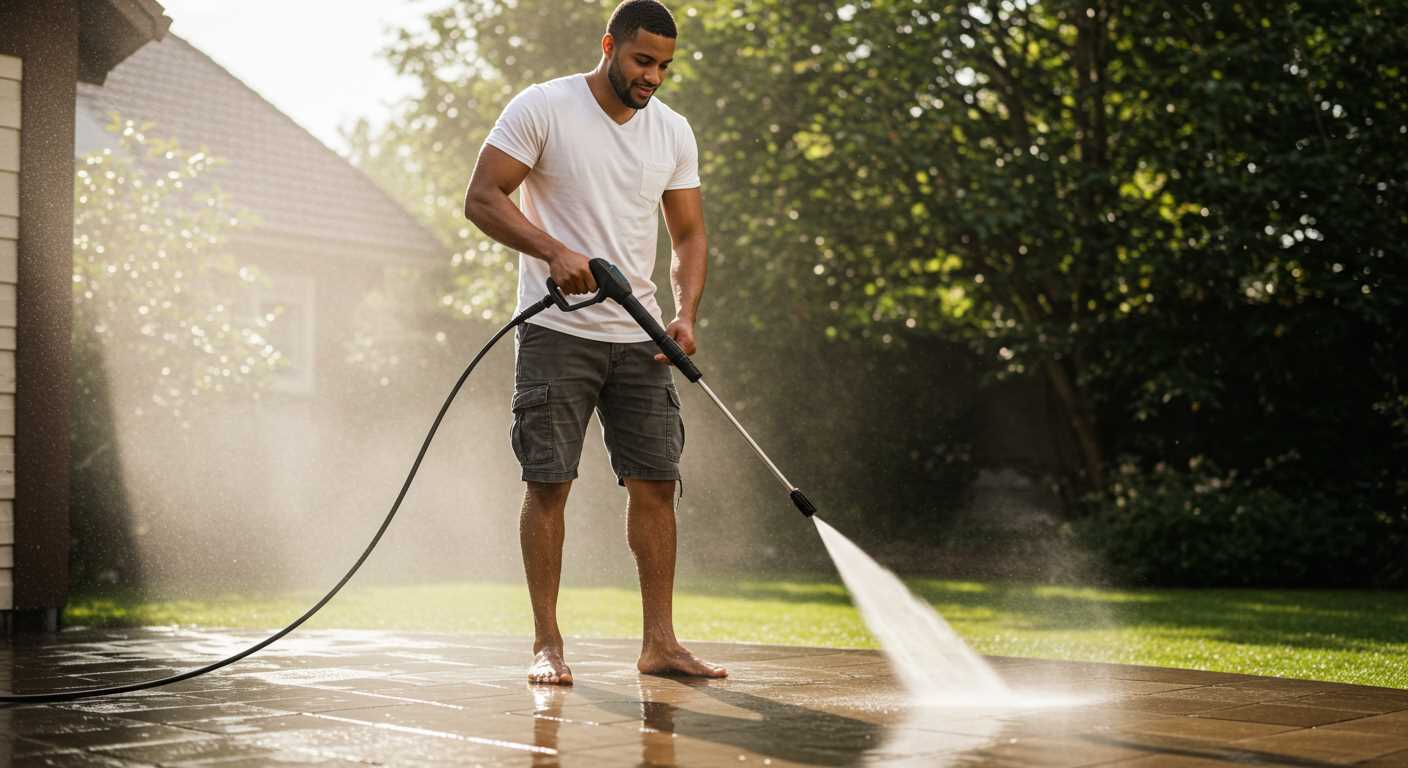

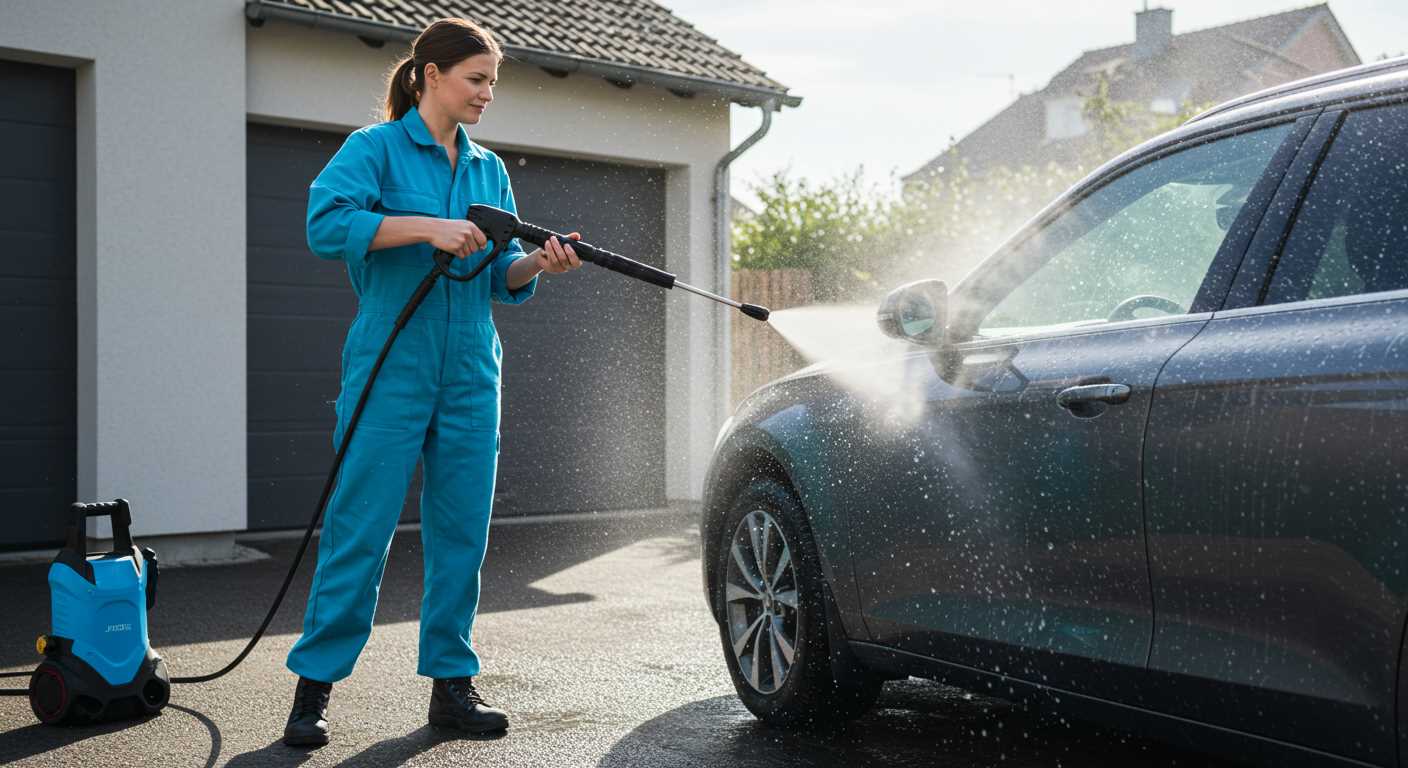
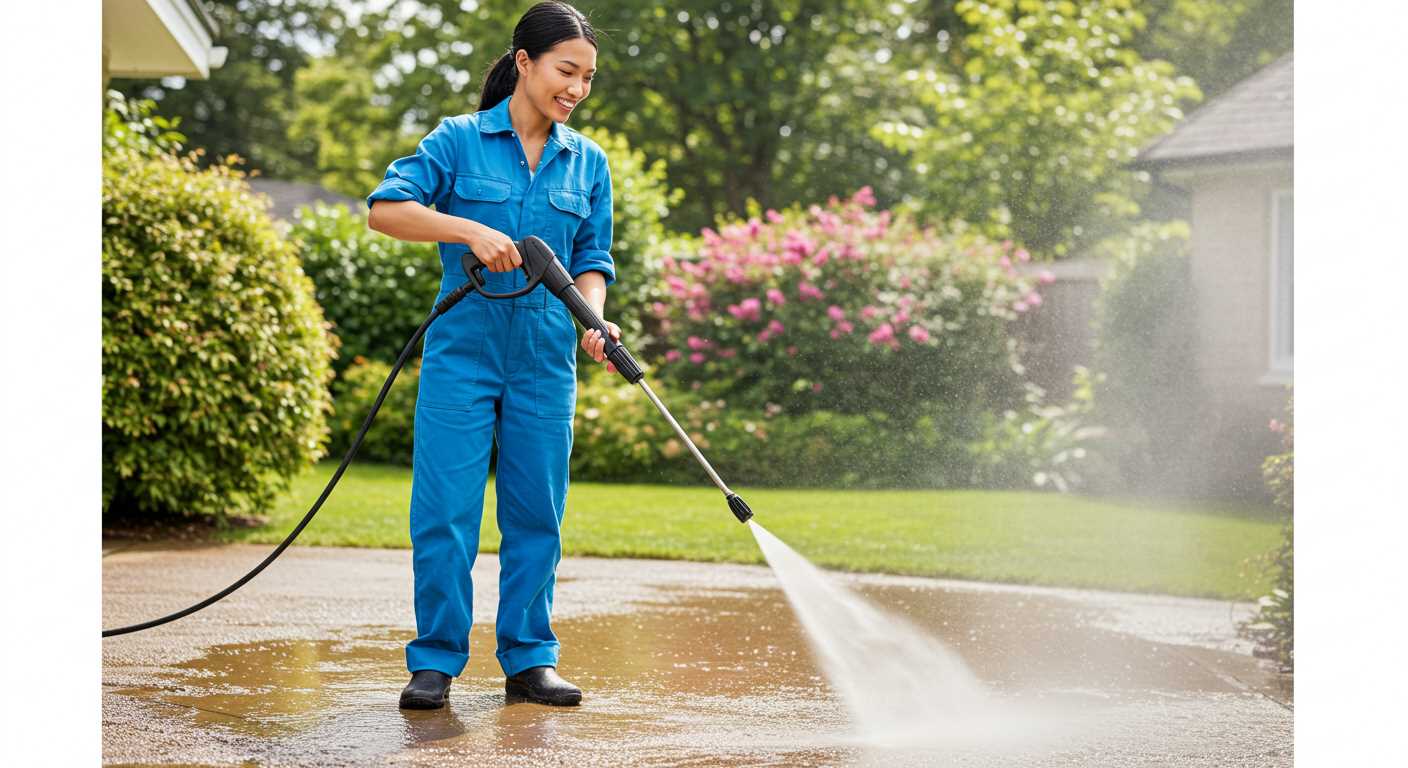
.jpg)


